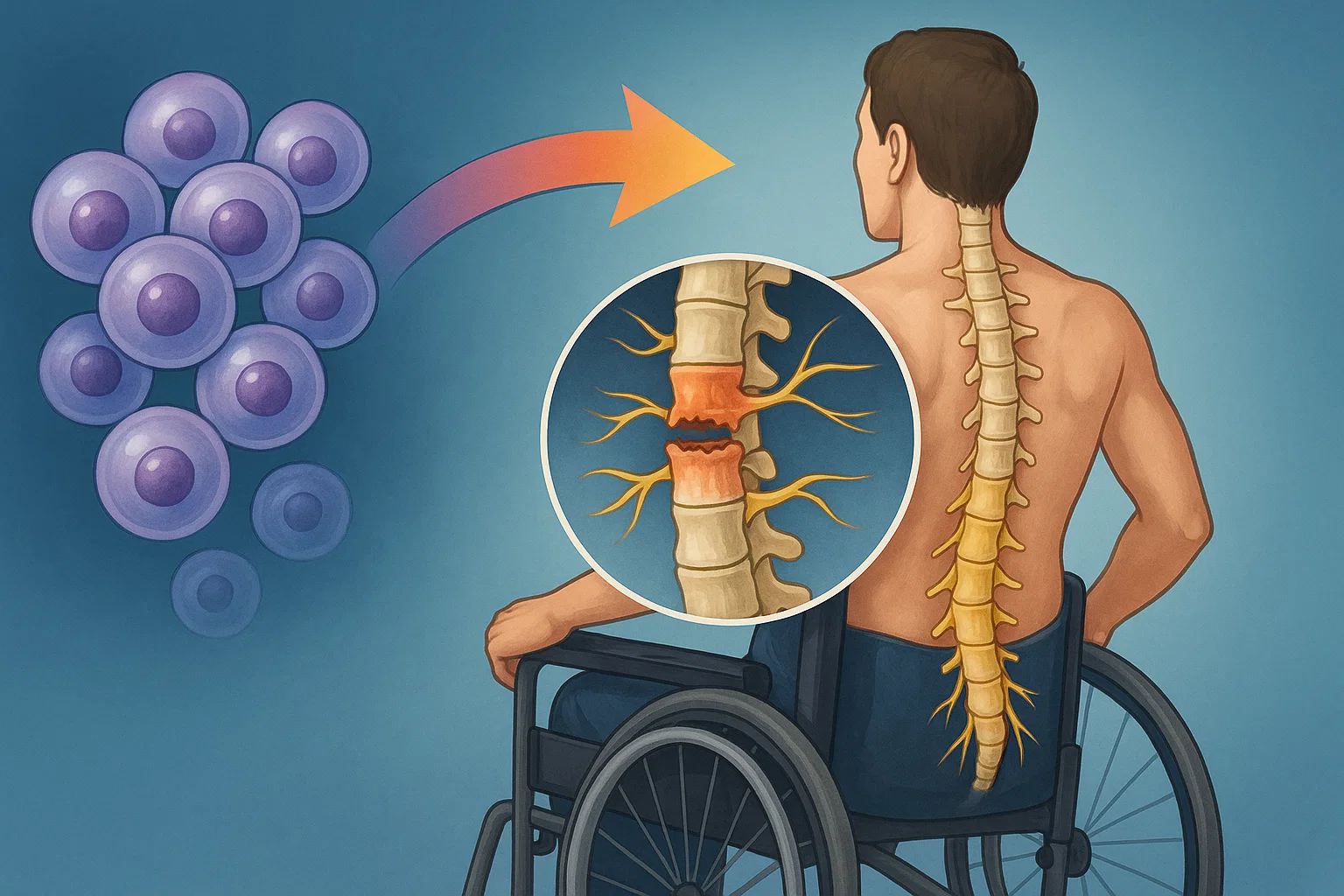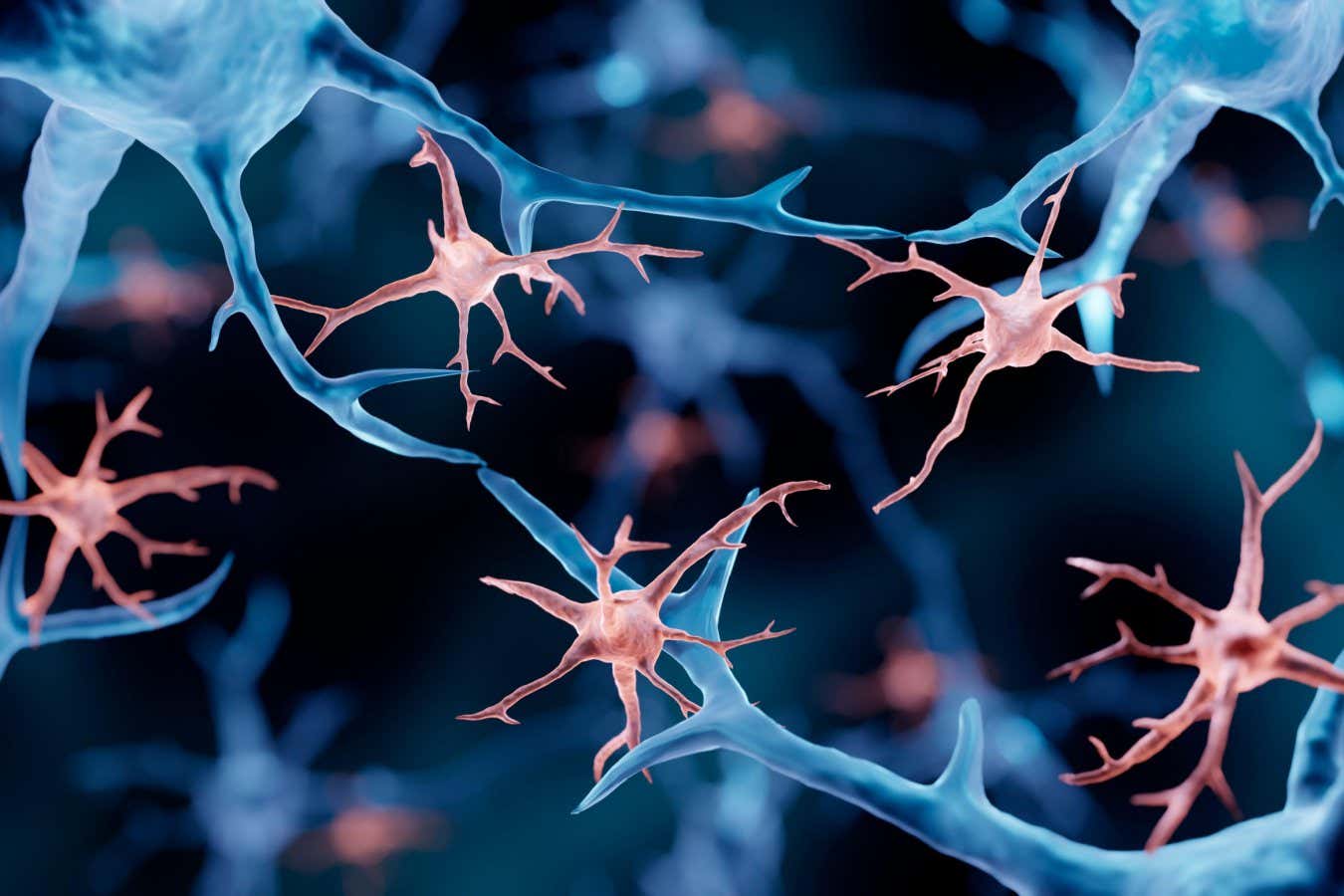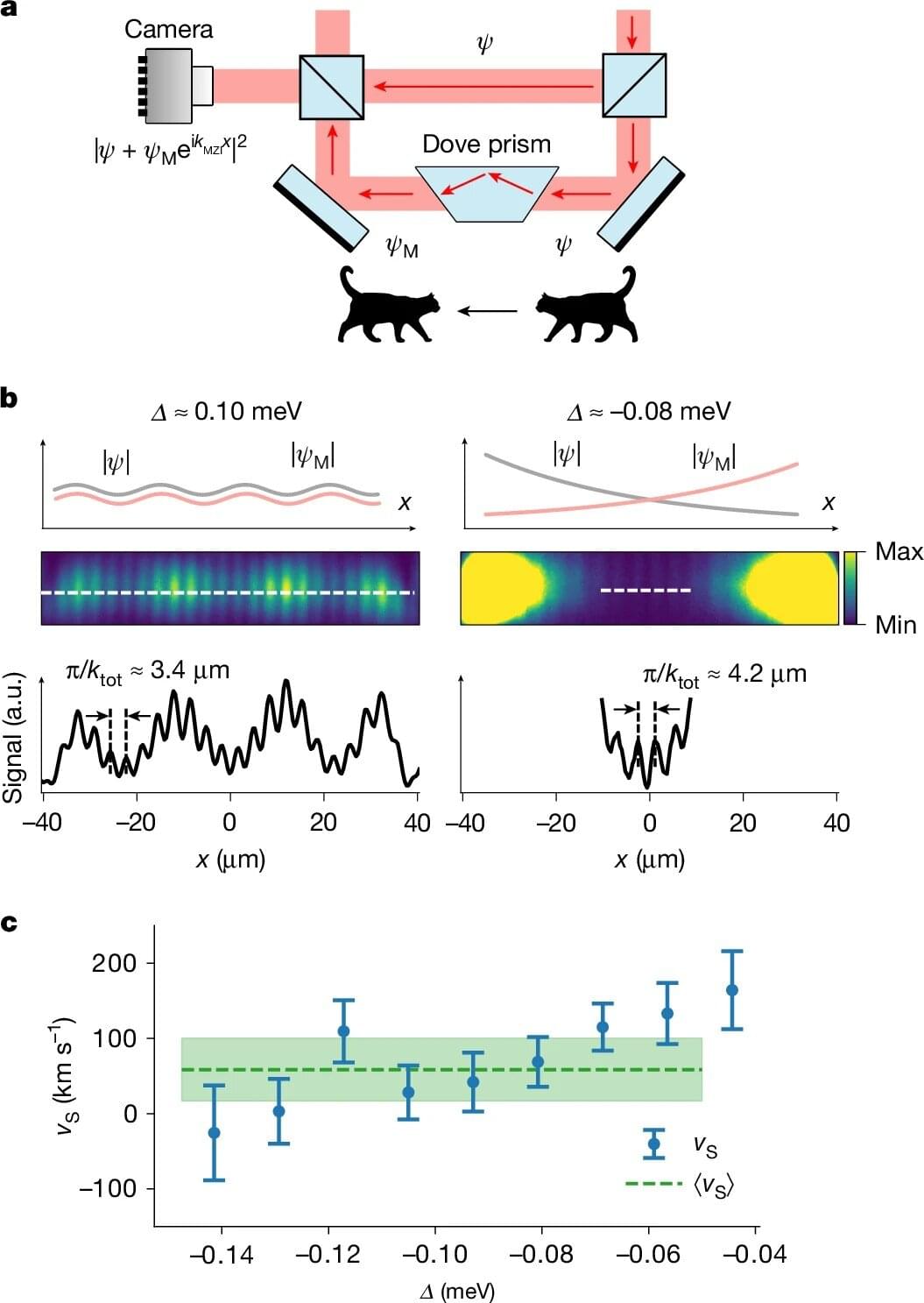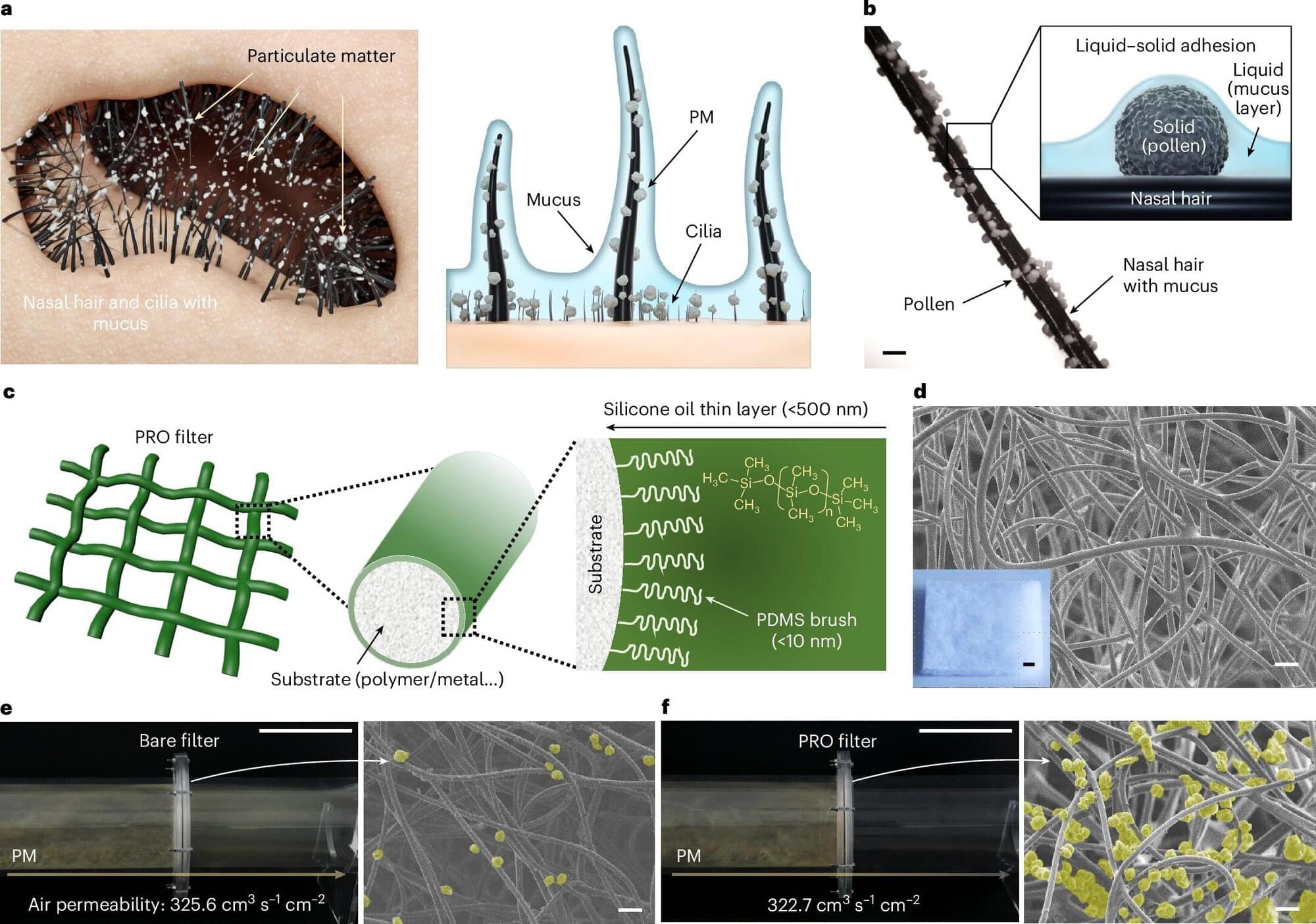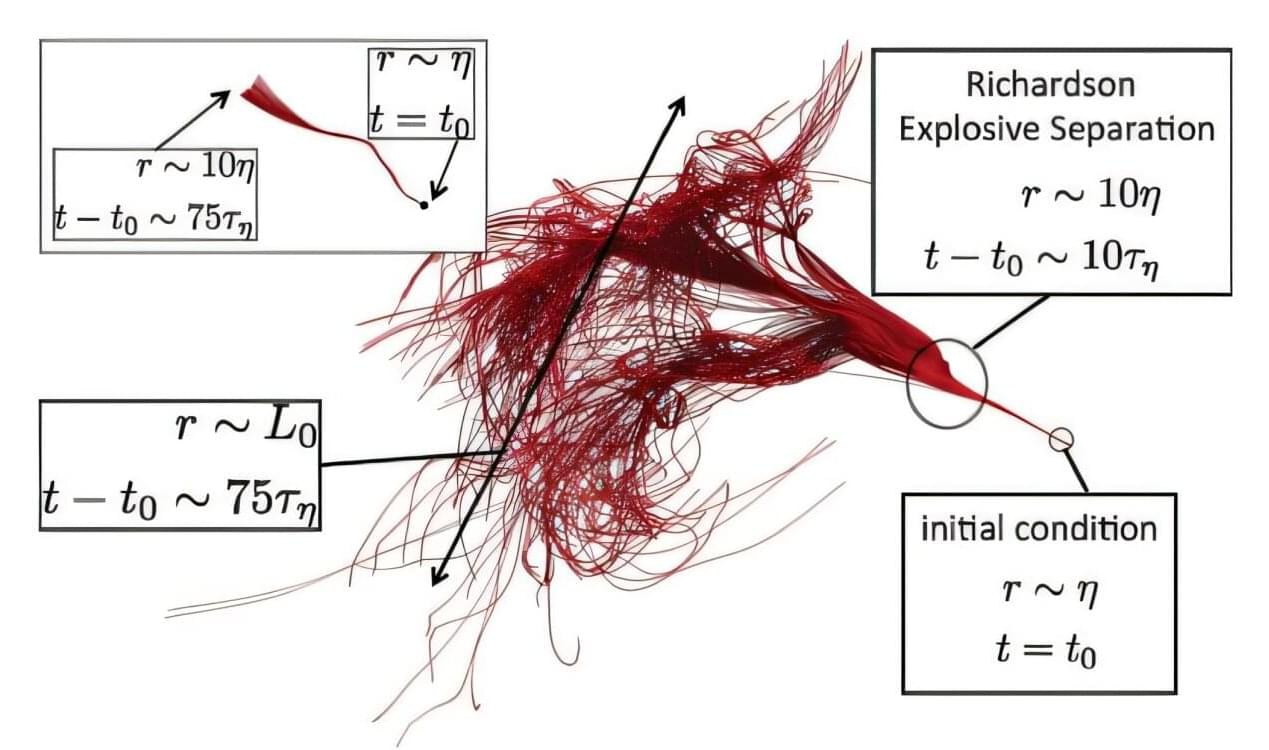Anders Sandberg joins me to discuss superintelligence and its profound implications for human psychology, markets, and governance. We talk about physical bottlenecks, tensions between the technosphere and the biosphere, and the long-term cultural and physical forces shaping civilization. We conclude with Sandberg explaining the difficulties of designing reliable AI systems amidst rapid change and coordination risks.
Learn more about Anders’s work here: https://mimircenter.org/anders-sandberg.
Timestamps:
00:00:00 Preview and intro.
00:04:20 2030 superintelligence scenario.
00:11:55 Status, post-scarcity, and reshaping human psychology.
00:16:00 Physical limits: energy, datacenter, and waste-heat bottlenecks.
00:23:48 Technosphere vs biosphere.
00:28:42 Culture and physics as long-run drivers of civilization.
00:40:38 How superintelligence could upend markets and governments.
00:50:01 State inertia: why governments lag behind companies.
00:59:06 Value lock-in, censorship, and model alignment.
01:08:32 Emergent AI ecosystems and coordination-failure risks.
01:19:34 Predictability vs reliability: designing safe systems.
01:30:32 Crossing the reliability threshold.
01:38:25 Personal reflections on accelerating change.


